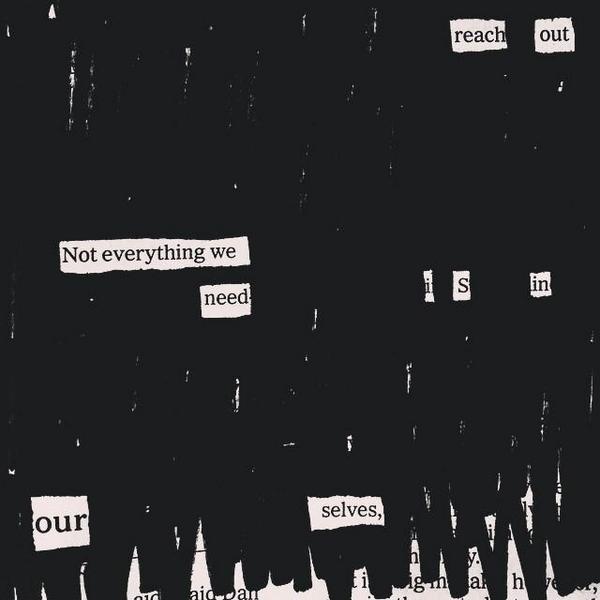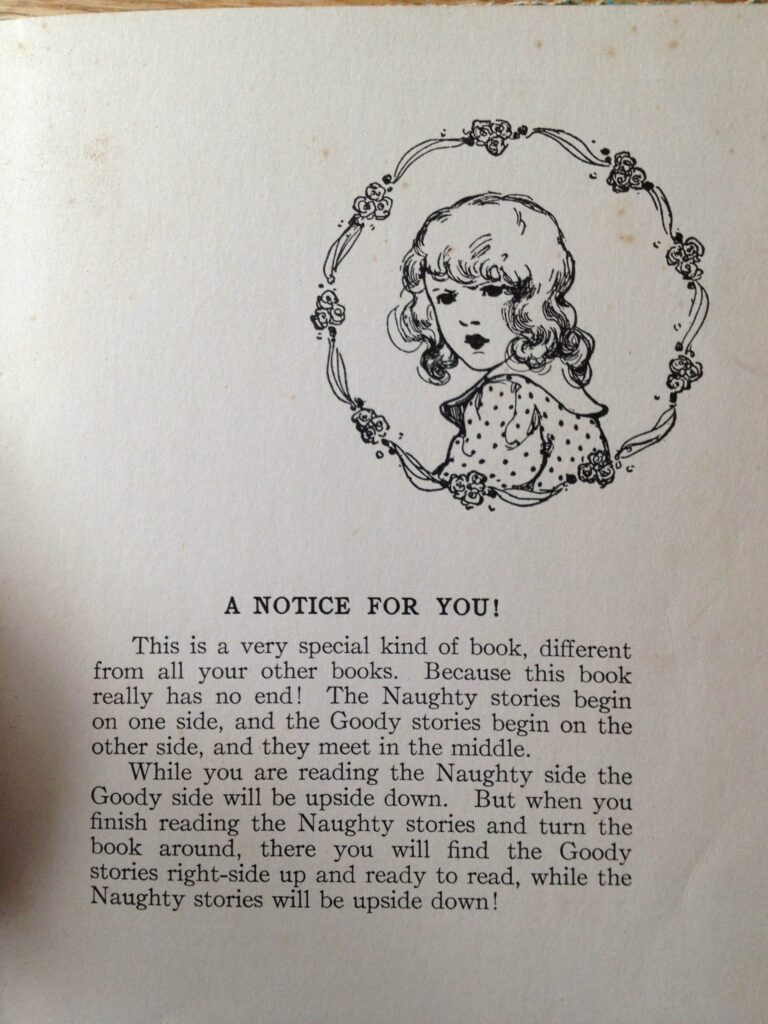Where Your Writing Can Go: Storytelling as Advocacy
Christy Burch didn’t think she was a writer. This was before she worked with rape crisis centers and with the Kentucky Domestic Violence Association (KDVA), working with advocates statewide to support victims of violence.
While in these roles, she was instrumental in the release and pardon of thirteen incarcerated, battered women. She also discovered her writing side: Burch developed writing workshops and theater productions that became some of Kentucky’s most successful platforms for victim advocacy.
You may have encountered Burch’s work without knowing it: she co-created the Green Dot mission and Initiative—now used all over the country to teach violence prevention. (Think anti-bullying campaigns, violence awareness, rape prevention, etc.) Her theater productions include personal narratives written and performed by survivors of power-based violence, and some have toured all over the States. But what does this mean for Ploughshares readers?
University of Kentucky researchers studied Burch’s work and concluded that witnessing personal narrative performances about violence changed the attitudes of audience members, and significantly improved bystander behavior in response to violence. And 36% of survivors who participated in Burch’s art and advocacy programs went on to access additional services or support, vs. the national average of 3-6%. Add this to the growing evidence that writing is effective therapy for PTSD, and it becomes clear that creative writing can transform survivors and their communities.
If you’re a writer, this might seem obvious. Of course writing is powerful. Of course stories change people. But here’s the thing: if you’ve never spent serious time considering the community role that your own writing or teaching could be having—like, where you are right now—then maybe it’s not as obvious as you thought. And maybe your work can go further than you realize.
So during this “season of giving,” I asked Ms. Burch for her insights about what creative writing can do. Here’s to thinking big(ger):
Tasha Golden: You’ve described yourself foremost as an advocate. What does this mean to you?
Christy Burch: The literal meaning of advocacy is “mouthpiece.” So I think of advocacy as using my voice to help people find theirs. This has involved public speaking, writing, teaching writing, and guiding performances. But it’s primarily meant being present with someone: carrying a piece of “it”, whatever “it” is for her or him. A memory, crisis, trauma, an achievement, a milestone… Advocacy requires trust, suspended judgment, and partnership. I listen to stories, and I reciprocate by sharing mine. There’s no room for “experts”—it’s a co-navigating of life’s difficulties and redemptions.
TG: The primary focus of your work is on story. What drew you to storytelling?
CB: I fell in love with the power of story! I watched two people who thought they had nothing in common find each other in story. I witnessed healing when someone said the very words they were told never to say. For example, for the play In Love’s Service, a survivor wrote,
Woken from sleep, hands between my legs, frozen. (Shh)
Trying to tell myself, “Be still keep your eyes closed, maybe he will stop.” (Shh)
I want to tell someone. I’m scared if I tell my mom she won’t let me visit my dad again and if I tell my dad he might kill him. Would they even believe me? (Shh)
Then it happened again; woken from sleep first thought was shock my little brother is lying next to me… please don’t wake up please. (Shh)
I never told anyone.
She spoke this piece in front of hundreds of people, who could not help but walk out of the theater transformed. And she was transformed too; she found that telling her story helped her to own it. And being heard was empowering.
Stories shape the culture; they set the norm. And many of us aren’t okay with the current story: the pain and violence it generates. So we have to tell the stories that are silenced, including our own. In doing so, we start to rewrite the norm.
TG: And for that kind of impact, one has to get heard. So advocacy isn’t just the writing, but also the finding of an audience…
CB: Yes. This was what drove me to write Kitchen Table Revival—it’s a guide for getting together, discussing social change, and sharing our ongoing stories in a space where they’re respected. This is significant for anyone, regardless of your story. Your audience could be at a community theater, a music venue, a poetry reading, a university, and it could also be around a kitchen table.
TG: In the literary world, writers sometimes avoid social or political issues out of a desire to keep art pure, or to avoid being overdetermined by reader response. But then I think of Adrienne Rich’s admonition:
The question for a North American poet is how to bear witness to a reality from which the public—and maybe part of the poet—wants, or is persuaded it wants, to turn away.
CB: Yes. In her book Storycatcher, Christina Baldwin wrote,
It is the time when those who understand the value of story and practice the art of connection have an essential role to play.
This is exactly what I feel about my current work. It was borne out of a passion for eradicating power-based personal violence and other oppressions, using art as a medium for social change. Each of us has an obligation to create our world. If we each contribute a small piece, things can change. But if we do nothing, or get hung up on what is “pure art,” we lose our voices, and our potential for creating not only lasting art, but also lasting change.
I recently heard Dr. Maya Angelou speak; she said that she expects people who take her classes or read her books to “come through her work” and be changed. We too should expect people to come through our art—our words—and be changed. There are too many people impacted by poverty, violence, and oppression, and our art could actively contribute to ending these things. I’ve witnessed people’s lives transform as they experience and create art. I can’t in good conscience keep that from people—pure or not pure.
So writers. Wondering where your writing can go? Christy’s 4 tips to get started:
- Seek out the untold story. Whose voice is not being represented in your community? Create art from that untold story.
- Offer to partner with agencies and people in your communality that are working to change something that you care about.
- Volunteer at an agency and, as you get oriented with the program, ask how your art and writing could enhance their mission. What could you create for them?
- Also, foster creativity in others. Many of us have had creativity shamed out of us: we were told that our creations weren’t any good, or that they weren’t monetize-able and therefore worthless. Could you offer a writing group for at-risk youth? Could you create monologues to be shared at the next town counsel meeting, representing the voices of people struggling to maintain housing? Could you give cameras to a group of women in a shelter, and then write about what you see through their eyes?
Want more? Here’s a resource list for further reading. Add yours in the comments —
- www.livethegreendot.com- Bystander Response Program
- Emotional and Physical Benefits of Expressive Writing – from Advances in Psychiatric Treatment
- Augusto Boal’s Theatre of the Oppressed
- Christina Baldwin’s Storycatcher: Making Sense of Our Lives through the Power and Practice of Story
- Case studies from art projects in the UK: Reports, best practices, etc.
- Reclaiming Futures: Programs for at-risk teens, like creative writing in juvenile detention, arts projects, etc.
- “Writing as Therapy,” from Psychology Today
- How writing is helping troops with PTSD


